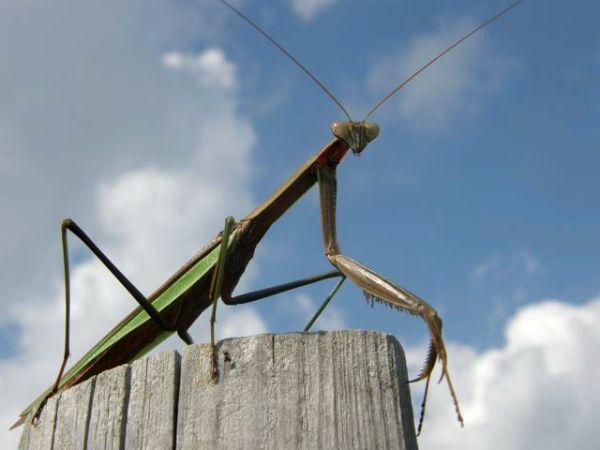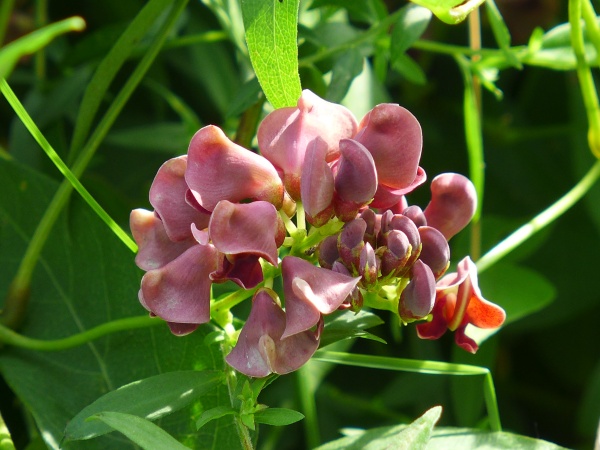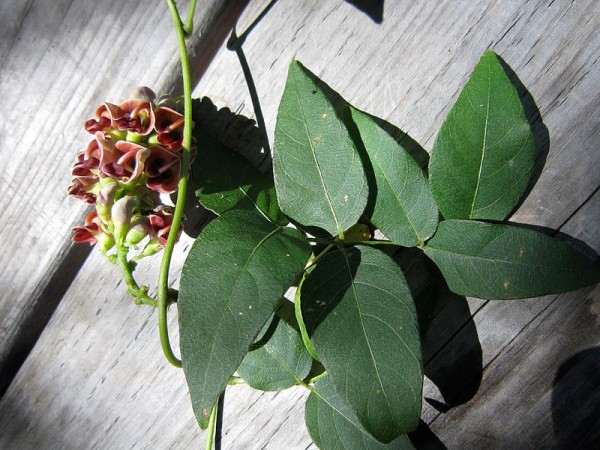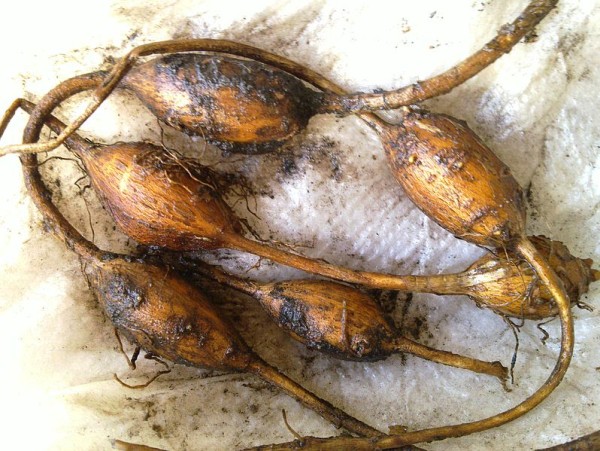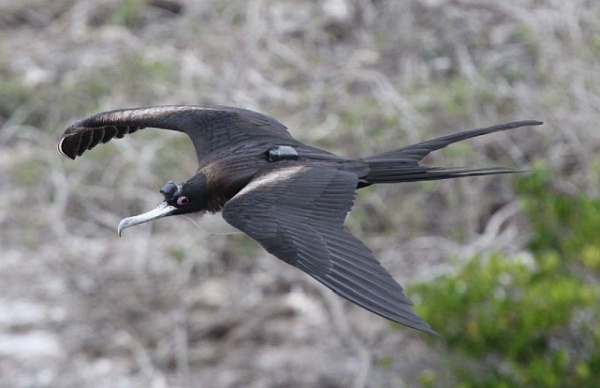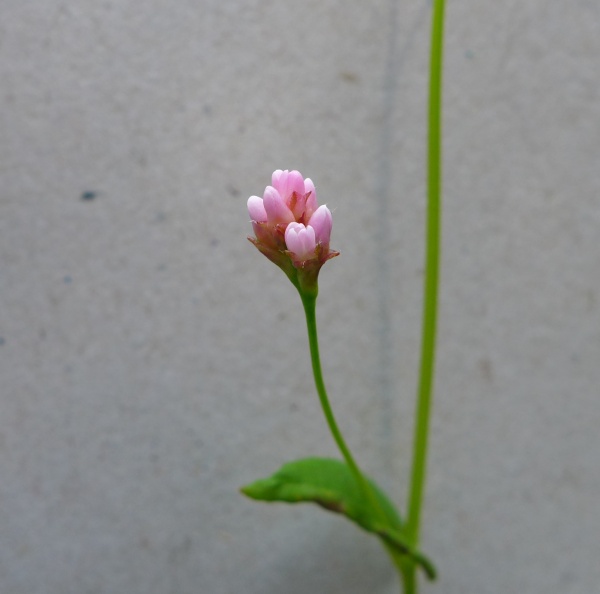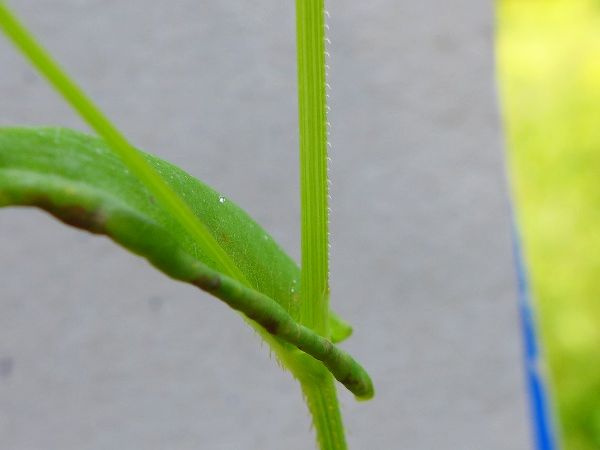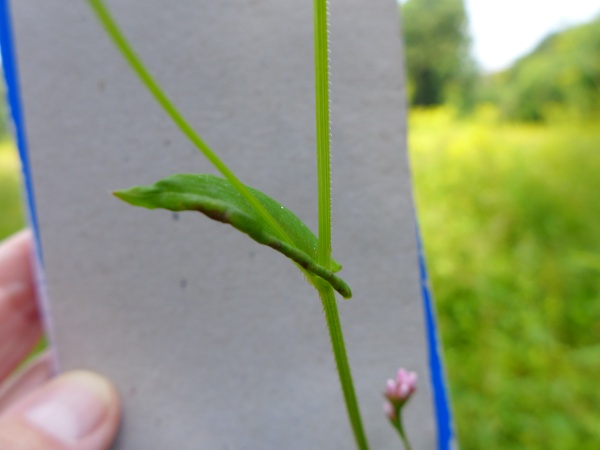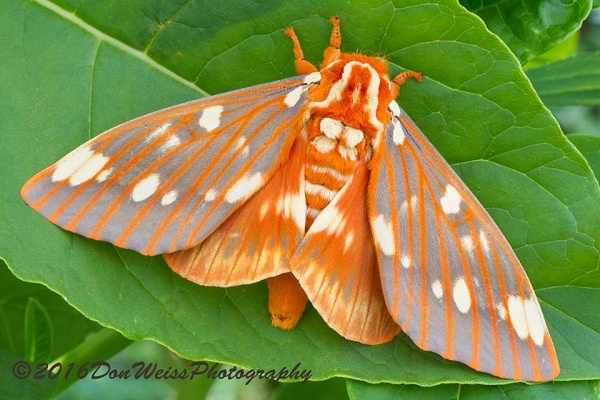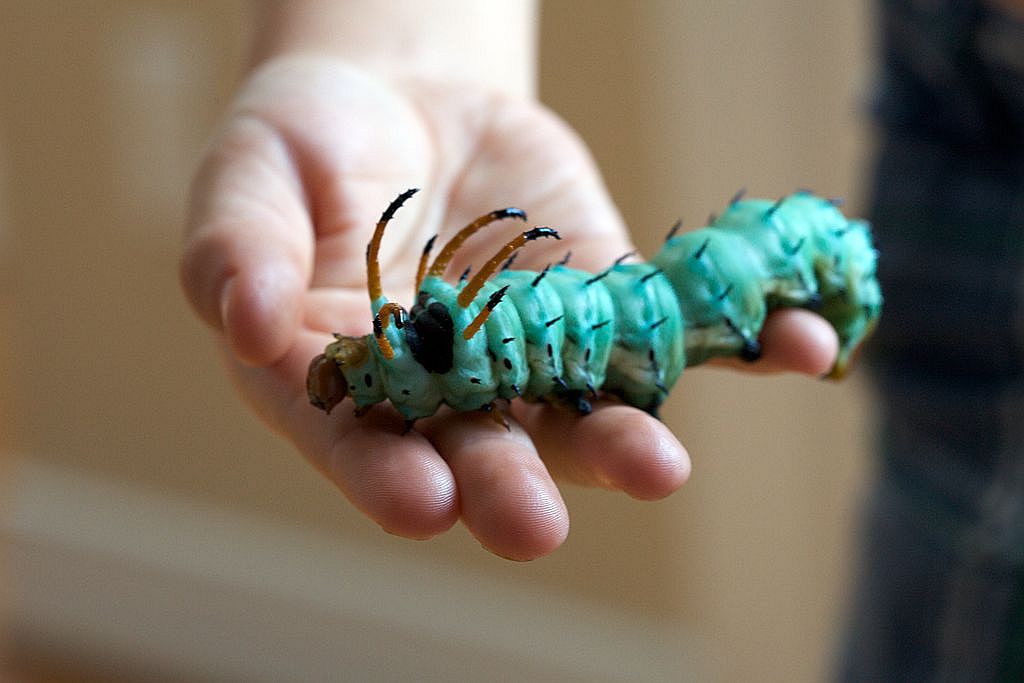
Get ready to update your scorecard. There have been two! changes in female peregrine ownership at the Cathedral of Learning so far this weekend.
Friday evening “NR” saw a black/red banded female at the nest and posted a comment that Magnum was back on August 12 at 5:15pm — that’s 17:15 time code on the camera. The photo above clearly shows Magnum’s bands.
Then Saturday night, August 13 at 6:52pm, members of Pittsburgh Falconuts saw Hope on camera calling loudly. Terzo was nearby but he waited almost four minutes to join her. Though her black/green bands are hard to read here, we know it’s Hope based on multiple snapshots. She visited the nest again alone in the 8 o’clock hour.

So here’s the state of play at the Cathedral of Learning pre-dawn on August 14. I’m writing this before they wake up and change things again!
- 30 Nov 2015: Hope arrives at the Cathedral of Learning
- 8 April 2016 (same day): Hope retains site after unbanded immature female visits the nest.
- 23 April 2016 (same day): Hope retains site after a banded adult female (black/red) visits the nest.
- 22 June 2016: Magnum (black/red 62/H) claims the Cathedral of Learning.
- 24 June 2016: Hope regains the site.
- 2 August 2016: Unbanded young female claims the Cathedral of Learning.
- 6 August 2016: Hope regains the site.
- 12 August 2016: Magnum (black/red 62/H) claims the Cathedral of Learning.
- 13 August 2016: Hope regains the site.
As of this writing I have no idea where Magnum is but she knows her way around. She’s been to the Cathedral of Learning before, possibly on April 23 and certainly on June 22. Her home base has been the Neville Island I-79 Bridge, to which she returned after her last visit.
I don’t know how long Hope will stay this time. Don’t even ask!
As I said on August 6, no humans ever see how these turnovers occur. As far as I can tell no peregrines get hurt.
Thank you to NR and to all of you who check the Cathedral of Learning falconcam for peregrine activity. Without your help we’d never know how interesting this summer has been.
(photo from the National Aviary falconcam at Univ of Pittsburgh)


